DELTA hand-held XRF and XRD analyzers allow immediate decision making, on-site detection, saving laboratory cost and time on geochemical and mining exploration projects.
DELTA XRF Analyzers
The Evident Innov-X DELTA couples an ultra high resolution Silicon Drift Detector (SDD) with a powerful 4W X-ray tube, delivering the fastest, most precise analysis available today in a handheld X-ray Fluorescence (XRF) analyzer. SDDs provide three major improvements over traditional Si PiN Diode X-ray detectors: 1) the ability to detect and process 10x more X-rays in a given amount of time, 2) better energy resolution, and 3) improved peak-to-background ratio. The result is far better precision and lower limits of detection for Mining and Exploration applications.
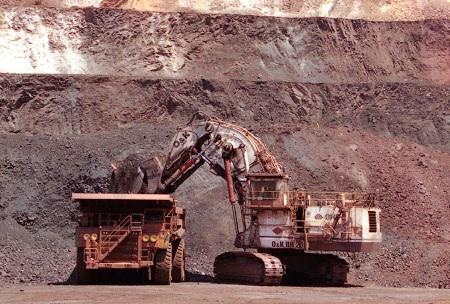
Unprecedented Performance in Iron Ores & Associated Trace Elements
Optimal feed grade for iron ore concentrates is usually in excess of 60% Fe by weight, with less than 0.20% P, 3-7% silica, less than 5% Al, and low S and Ti. The inclusion of even small amounts of some trace elements can have profound effects, both good and bad, on the behavior of iron in a blast furnace. The DELTA analyzer, with SDD technology, now enables the determination of ALL important phases of iron ores. Fe content can be accurately and precisely determined over a broad analytical range (30% to 80% Fe). Mn, Ti, Al, Si, P, and S can also be accurately analyzed, along with 25 other elements.
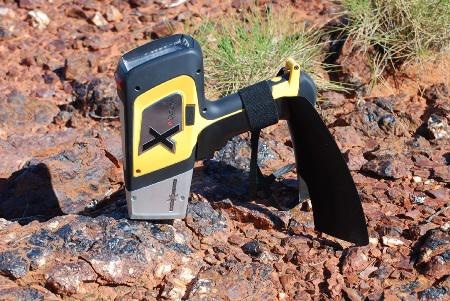
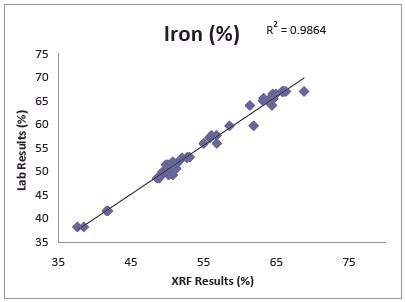
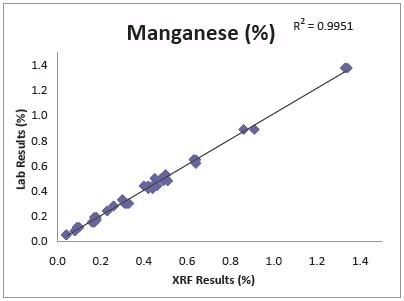
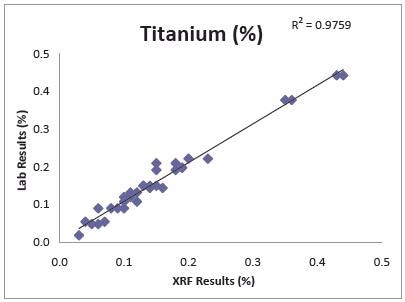
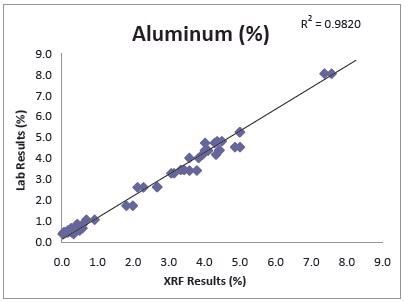
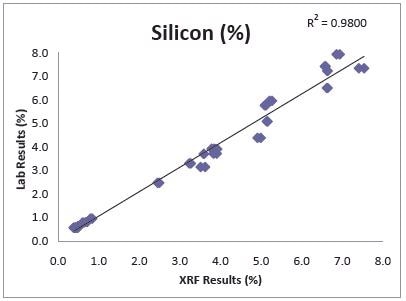
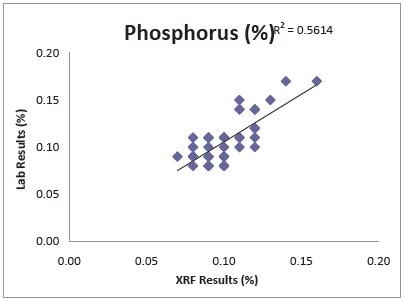
Iron, Manganese, Titanium, Aluminum, Silicon & Phosphorus Performance on Typical Hematite Rich, Banded Iron Ore. (90 sec test time in AIR using Mining Mode on a DELTA SDD Analyzer)
Light Element Analysis & Sample Preparation
In FPXRF analysis, Light Elements (LE) are generally regarded as those with Atomic number (Z) less than 18 (Argon) and usually refer to the group: Mg, Al, Si, P, S & Cl. The investigation of Iron Ore deposits are dominated by this LE suite, particularly Al, Si, P, S & Ca and the mineralization style is often hosted in a coarsely granular and crystalline matrix. Therefore they are also significantly influenced by high sample heterogeneity and in order to achieve meaningful (decision level) analytical quality it may be necessary to undertake some form of sample preparation. This can involve a coarse crush and if necessary, pulverizing of the sample to < 200um and then placing into an XRF sample cup using Polypropylene film supports (opposed to Mylar film which cannot be used for looking at LE).
Why Use FPXRF?
The aspect of “True Portability” with the latest generation of XRF essentially enables the ability to bring a “miniaturized version of the laboratory” into the field, with obvious limitations. Innov-X is clear and transparent about these limitations: (1) Higher LOD’s than lab-based techniques (2) Lower precision than lab-based techniques (higher +/- values but no compromise on accuracy above LOD’s (3) Less repeatable results. FPXRF should not to be seen as a replacement for the laboratory and should be used in conjunction with laboratory and industry standard reporting protocols such as determined by the ASX (JORC CODE) & the TSX (43-101). The main advantage of FPXRF lies in the ability to generate, dynamic, real-time, spatially registered geochemical data sets, rapidly. The Geoscientist can now immediately postulate the elemental characteristics of the observed regolith or lithology dynamically, making informed decisions while still in the field, at the exact location of the sample of interest. Instant and interactive approaches to exploration project management, target delineation and associated vectoring towards mineralization are now possible. This results in significantly reduced time-frames with less time intensive reiterations, such as excavating samples & sending them to the lab with the associated “normal” lengthy turnaround times and lags. FPXRF can be thought of as being a pre-screening tool used to select the best and most appropriate sample to submit to the laboratory for comprehensive and more detailed analysis. Additionally, the ability to refine your sampling program in the field real-time means that you can easily increase sample density & resolution instantaneously. These field based efficiency gains are advancing project time-frames and assisting companies to better utilize their time in the field and maximize their exploration budget.
LOD’s: The Million Dollar Question
The determination of the analytical Limit of Detection (LODs) depends on many aspects, often not directly related to the instrumentation of choice. Some of these influences include (influential factor denoted in brackets):
- The energy of excitation or X-Ray source (instrument). Note: This is not all about obtaining the maximum voltage (or keV). It is reliant on the process of fine-tuning both the X-Ray voltage and current to maximize the received count rate and therefore analytical precision (instrument)
- The atomic number and associated response of element(s) being analyzed (sample)
- Concentration of elements present (sample)
- Relative density & matrix composition (sample)
- Sample size, granularity & surface geometry (sample & user)
- Length of test run (user)
- The quality of the instrument calibration & QC samples used to “tweak” the instrument (user & instrument)
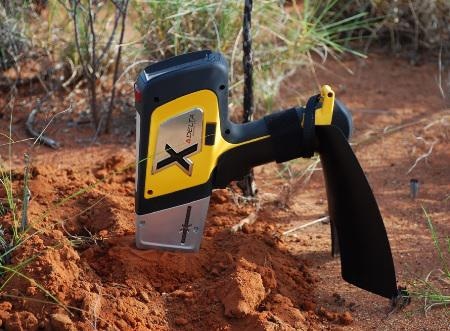

This information has been sourced, reviewed and adapted from materials provided by Evident (XRF / XRD).
For more information on this source, please visit Evident Industrial (XRF).